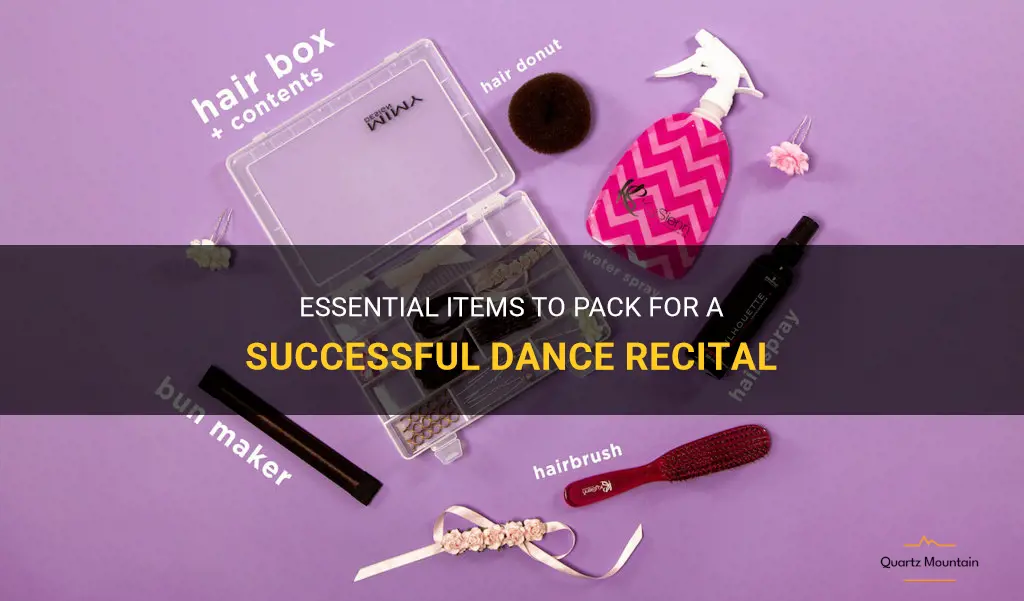
Preparing for a dance recital can be both exciting and nerve-wracking. As you meticulously practice your routine and perfect every move, it's equally important to ensure you have everything you need for a successful performance. From hair accessories to emergency kits, the essential items you pack can make or break your dance recital. So, let us explore the must-have items that will not only help you shine on stage but also ensure a flawless and stress-free performance.
What You'll Learn
- What are the essential items I should pack for a dance recital?
- Are there any specific items or clothing I should bring for different types of dances?
- Should I pack extra dance shoes or accessories in case something breaks or gets lost?
- Is there a recommended packing list for hair and makeup supplies for the recital?
- Are there any rules or guidelines regarding what dancers can and cannot bring to the recital venue?

What are the essential items I should pack for a dance recital?
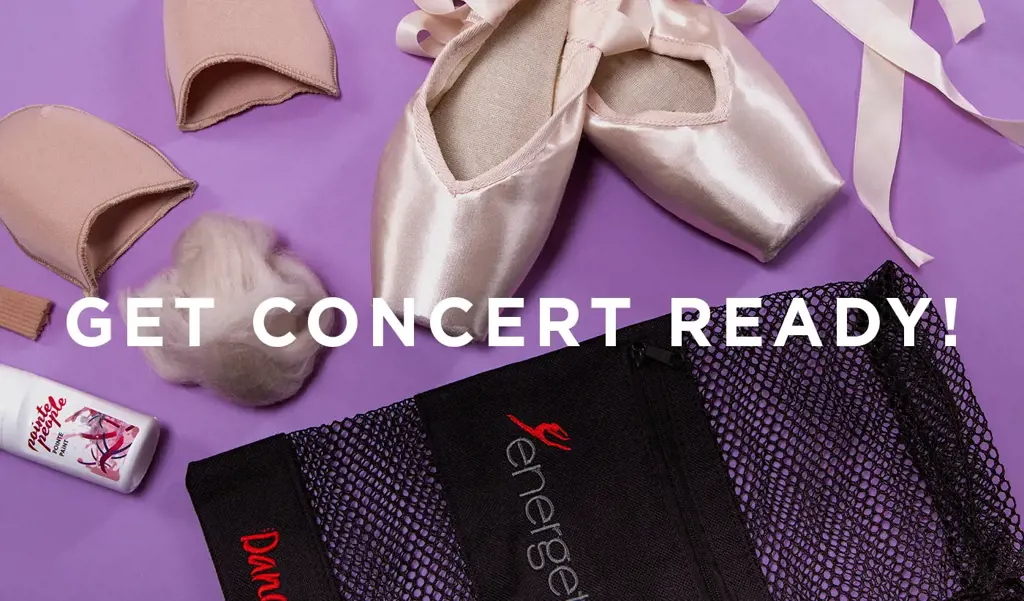
When preparing for a dance recital, it is crucial to have all the essential items packed to ensure a seamless performance. These items not only help dancers feel prepared, but also contribute to a successful and stress-free recital experience. Whether you are a seasoned performer or new to the dance world, here are some must-have items to pack for a dance recital:
- Dance shoes: Make sure to pack all the necessary dance shoes for your different routines. This includes ballet slippers, jazz shoes, tap shoes, or any other specialized shoes for your specific dance styles. It's important to have the correct shoes to ensure proper technique and performance quality.
- Extra tights and hair accessories: Tights are an essential part of a dancer's attire. Pack extra pairs of tights in case of runs or tears. Additionally, bring hair accessories such as hairpins, hair ties, and hair nets to ensure your hair stays in place throughout the performance.
- Costume essentials: Double-check that you have all the pieces of your costumes, including any accessories or props required for each routine. It's a good idea to pack these items separately in garment bags to keep them organized and easily accessible.
- Makeup and skincare products: To complete your stage look, pack your makeup essentials such as foundation, blush, eyeshadow, and lipstick. Don't forget to bring skincare products like makeup remover wipes and moisturizer for before and after the performance to keep your skin looking fresh.
- Water bottle and snacks: Staying hydrated is crucial, especially during long recital days. Bring a reusable water bottle to have on hand and refill throughout the day. Pack some healthy snacks like energy bars or fruits to keep your energy levels up during rehearsals and performance breaks.
- First aid essentials: Accidents happen, so it's always a good idea to have a small first aid kit on hand. Include items such as band-aids, pain relievers, and any necessary medications you may need.
- Extra layers: Dance studios and performance venues can sometimes be cold, so pack a warm-up jacket or sweater to keep you comfortable during rehearsals and in between routines.
- Dance accessories: Depending on your dance style and routine, you may need to bring additional accessories like ribbons, gloves, or special props. Make sure to pack these items in a way that keeps them safe and secure.
- Performance music and backup: Ensure you have all your performance music on a device or CD. It's also wise to have a backup option in case of technical difficulties. Consider having your music on a USB drive or having a spare CD available.
- Positive mindset and confidence: While not a physical item, maintaining a positive mindset and confidence is essential for a successful dance recital. Pack your mental preparation by visualizing your routines, taking deep breaths, and reminding yourself of your hard work and dedication.
By packing these essential items, you can be well-prepared for your dance recital and focus on delivering a memorable performance. Remember to check and double-check your packing list to ensure nothing is forgotten. With the right preparation, you can step onto the stage with confidence and enjoy the experience to the fullest.

Are there any specific items or clothing I should bring for different types of dances?
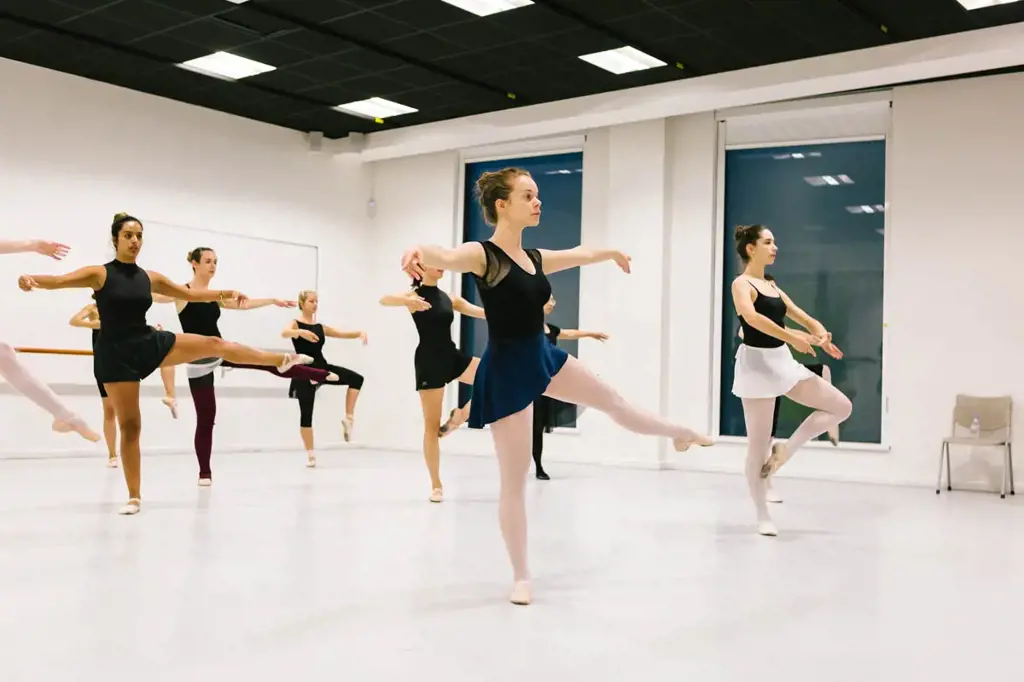
When it comes to different types of dances, there can be certain items or clothing that are recommended or required. The attire and accessories for each dance style are often influenced by tradition, performance requirements, and practicality. In this article, we will explore some of the various dance styles and the specific items or clothing that are commonly associated with them.
Ballet:
Ballet is a classical dance form that requires specific attire to maintain the aesthetics and functionality of the movements. Dancers typically wear a leotard, tights, and ballet shoes. For female ballet dancers, a tutu or a ballet skirt may be required for performances. Male ballet dancers often wear tights, a fitted t-shirt, and ballet shoes.
Hip Hop:
Hip hop is a modern and energetic dance style that allows for more flexibility in clothing choices. Dancers often wear loose-fitting and comfortable clothing that allows for ease of movement, such as baggy pants, t-shirts, sweatshirts, and sneakers. Accessories like baseball caps, hoodies, and bandanas are also commonly seen in hip hop dance.
Salsa:
Salsa is a lively and passionate partner dance that originated in Latin America. In salsa dancing, women often wear form-fitting dresses or skirts that accentuate their movements. Men typically wear fitted shirts and pants. Both partners usually wear dance shoes with a flexible sole and a small heel to enhance their footwork.
Ballroom:
Ballroom dancing encompasses a wide range of partner dances, including the waltz, foxtrot, tango, and more. The attire for ballroom dancing is typically elegant and formal. Women wear ballroom gowns or cocktail dresses that allow for freedom of movement. Men wear tailored suits or tuxedos with dress shoes.
Flamenco:
Flamenco is a traditional Spanish dance characterized by intricate footwork and expressive movements. Female flamenco dancers typically wear flamenco dresses, which are fitted at the top and flare out from the waist, allowing for the swirling and twirling of the skirt. Male flamenco dancers wear flamenco shirts and pants, often accompanied by a hat or a scarf.
Tap:
Tap dancing involves creating rhythmic sounds with metal plates attached to the shoes. For tap dancing, dancers wear tap shoes with a hard sole and metal taps. The rest of the attire can vary depending on personal preference or the specific dance routine.
When preparing for a dance class or performance, it is essential to check with the instructor or dance company for any specific dress code or requirements. They may have additional recommendations or restrictions based on their artistic vision or the technical demands of the choreography.
In conclusion, different dance styles have their own unique attire and accessory requirements. It is important for dancers to understand and comply with these guidelines to ensure both safety and artistic expression. Whether it's a leotard and tights for ballet, loose-fitting clothes for hip hop, or elegant ballroom gowns, wearing the appropriate attire can enhance the dancer's experience and contribute to the overall performance quality.
Must-Have Items for a Memorable Month in Australia's June Weather
You may want to see also

Should I pack extra dance shoes or accessories in case something breaks or gets lost?
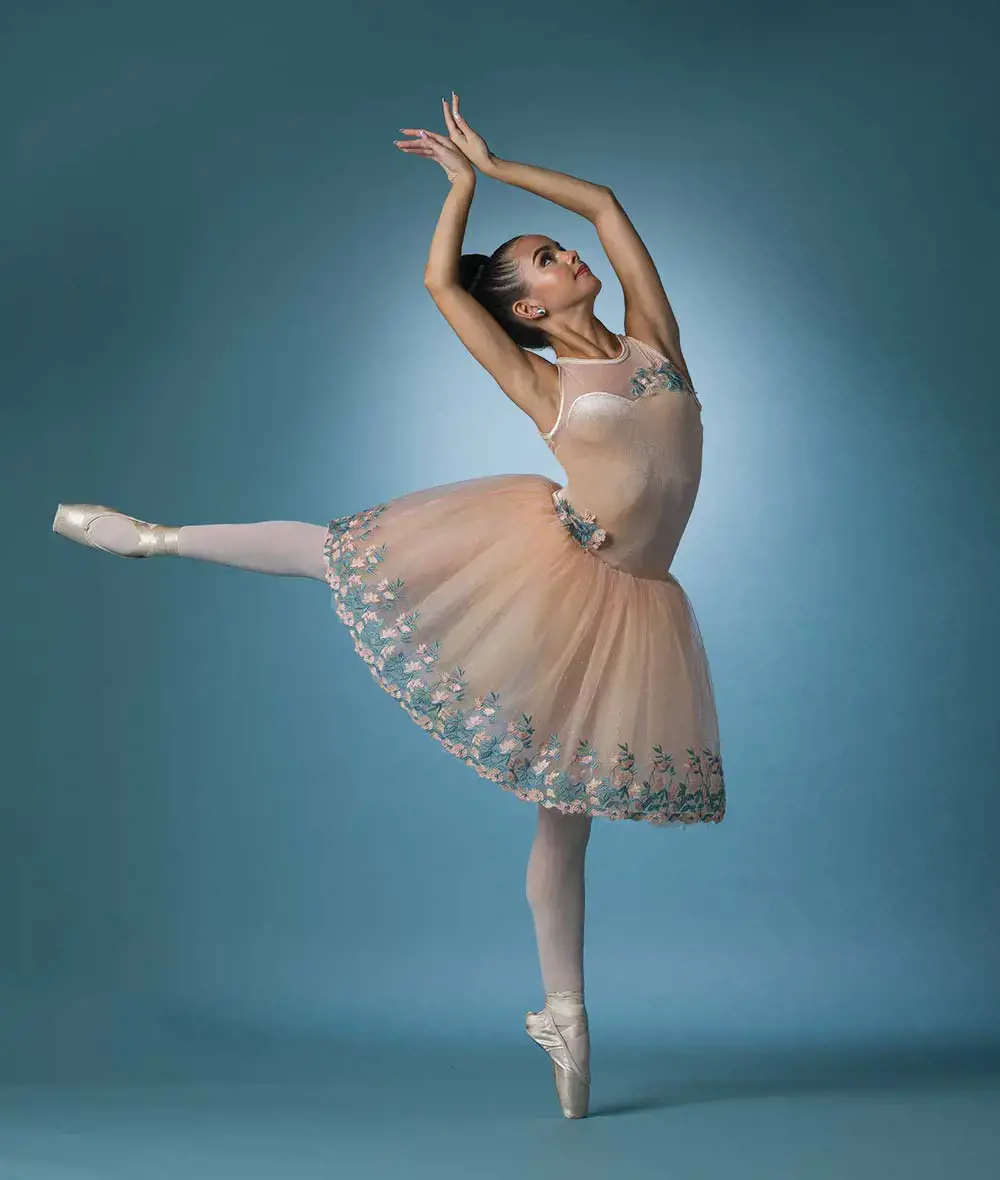
When preparing for a dance performance or competition, it is crucial to plan ahead and be prepared for any unexpected situations. One common concern among dancers is whether to pack extra dance shoes or accessories in case something breaks or gets lost. In this article, we will explore the importance of having backup dance shoes and accessories, and provide some tips for what to pack and how to prepare.
First and foremost, having backup dance shoes and accessories is essential for maintaining a seamless performance. Dance shoes, especially those used for specific dance styles such as ballet or tap, can be fragile and prone to wear and tear. Without a backup pair, a broken dance shoe could potentially ruin an entire performance. Similarly, accessories like hairpins, ribbons, or tights can easily get lost or damaged, causing unnecessary stress and distractions. By packing extra shoes and accessories, dancers can ensure they are well-prepared for any mishaps.
To determine what dance shoes to pack, it is important to consider the type of dance you will be performing and the specific requirements of your routine. For example, if you are performing ballet, it is advisable to pack an extra pair of ballet slippers or pointe shoes. Tap dancers may want to pack extra taps, as they tend to wear down over time. Additionally, it is wise to pack dance shoes that are broken in and comfortable, as new shoes can cause blisters or discomfort during a performance.
In terms of accessories, packing extra hairpins, elastics, bobby pins, and ribbons is a good idea. These small items have a tendency to get lost easily, and having backups ensures that dancers can quickly fix their hair or replace a lost accessory without any delay. If you wear tights, pack an extra pair in case they rip or snag.
When packing backup dance shoes and accessories, it is also important to consider the space limitations. Depending on the nature of your performance or competition, you may have limited space for additional items. In such cases, prioritizing the most essential and fragile items is crucial. Consider packing extra dance shoes and accessories in a separate bag or compartment to keep them organized and easily accessible when needed.
Lastly, it is important to regularly check the condition of your dance shoes and accessories. Inspect them for any signs of wear and tear or damage, and replace them if necessary. This proactive approach ensures that you have reliable and functional backup items when needed.
In conclusion, packing extra dance shoes and accessories is highly recommended to avoid any performance disruptions due to broken or lost items. The specific dance style and routine requirements should dictate what shoes and accessories to pack, and it is essential to consider the space limitations and regularly check the condition of these items. By being prepared and proactive, dancers can confidently focus on their performance and minimize any unnecessary stress or distractions.
What to Pack for Rome in October: Essential Travel Tips
You may want to see also

Is there a recommended packing list for hair and makeup supplies for the recital?
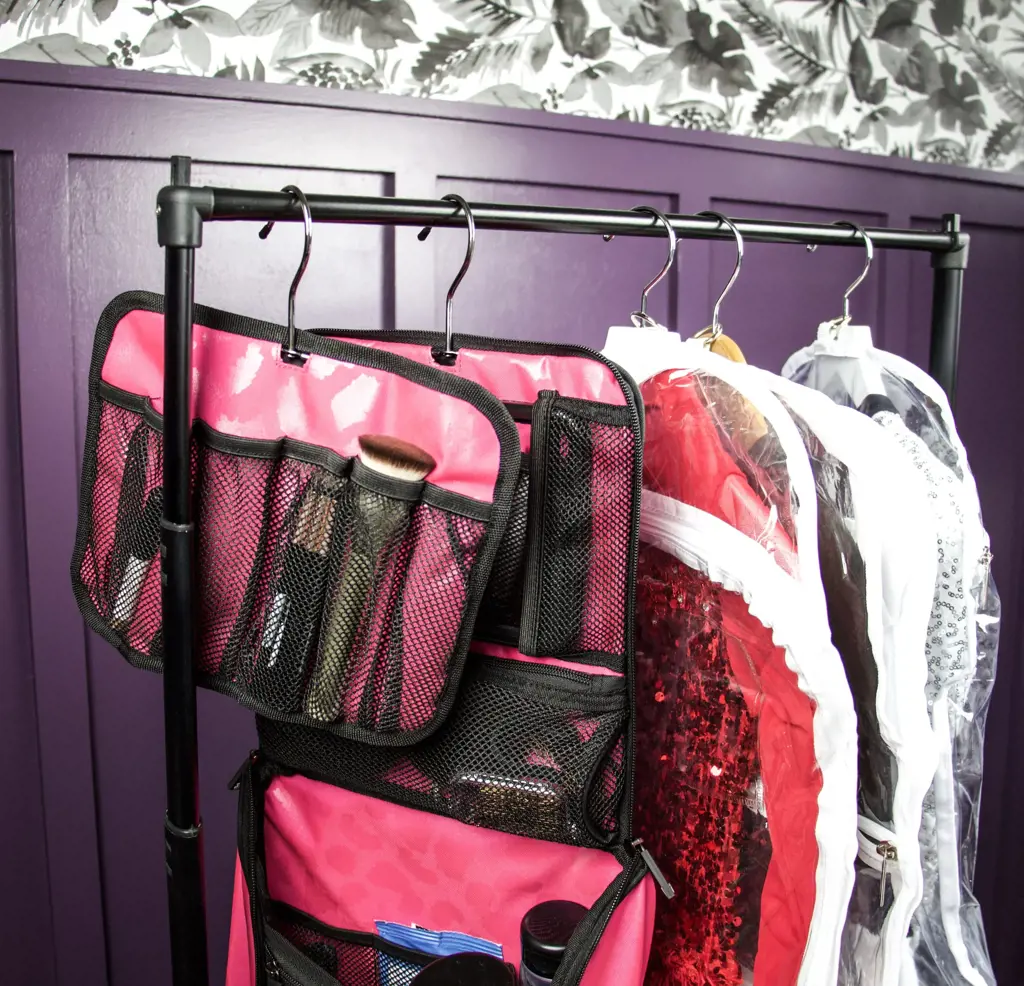
When it comes to preparing for a dance recital, one crucial aspect is ensuring that your hair and makeup are on point. Having a well-planned and organized packing list for your hair and makeup supplies can help you alleviate some of the stress that comes with preparing for a performance. In this article, we will discuss some essential items that you should consider including in your recital hair and makeup packing list.
Hair Supplies:
- Hairbrush or comb: Choose a brush or comb that works well with your hair type and texture. It's important to detangle your hair before beginning any hairstyle.
- Hair ties and bobby pins: These are essential for securing your hair in various styles, such as buns or ponytails.
- Hair spray: Use a strong-hold hairspray to ensure that your hairstyle stays intact throughout the performance.
- Hair pins and hair elastics: These can come in handy for securing any loose strands or flyaways.
- Hair accessories: Depending on your dance style and costume, you may want to include hair accessories like headbands, bows, or clips.
Makeup Supplies:
- Foundation/concealer: Choose a foundation or concealer that matches your skin tone to create a smooth base for your makeup.
- Powder: Translucent powder can help set your foundation and reduce shine.
- Eyeshadow palette: Opt for a versatile palette with neutral shades that can be used to create various eye looks.
- Eyeliner: Whether you prefer a liquid, gel, or pencil formula, eyeliner can help define your eyes and make them stand out on stage.
- Mascara: Choose a lengthening or volumizing mascara to make your lashes appear fuller and more dramatic.
- Blush/bronzer: Add some color and definition to your face by applying blush to the apples of your cheeks and bronzer to the hollows of your cheeks.
- Lipstick/lip gloss: Select a shade that complements your costume and adds the finishing touch to your overall look.
- Makeup brushes: A set of makeup brushes will allow you to apply your makeup with precision and blend it seamlessly.
Additional Supplies:
- Makeup remover wipes: These are essential for removing your makeup at the end of the performance.
- Cotton pads and swabs: These can be used for various purposes, such as applying makeup remover or fixing any mistakes.
- Setting spray: Use a setting spray to lock your makeup in place and ensure that it lasts throughout the performance.
- Mirror: Having a small, portable mirror will allow you to touch up your hair and makeup backstage.
- Safety pins: These can come in handy for quick costume fixes or securing any loose accessories.
- Hand sanitizer: Keep your hands clean and germ-free backstage with a travel-sized hand sanitizer.
It's important to personalize your packing list based on your individual needs and preferences. Consider the specific requirements of your dance routine and costume when selecting your hair and makeup supplies. Practice your hair and makeup looks beforehand to ensure that you are comfortable executing them on the day of the recital. With a well-prepared packing list, you can focus on your performance and feel confident knowing that you have everything you need for a flawless hair and makeup transformation.
The Ultimate Guide to Packing Clipart for Your Next Trip
You may want to see also

Are there any rules or guidelines regarding what dancers can and cannot bring to the recital venue?
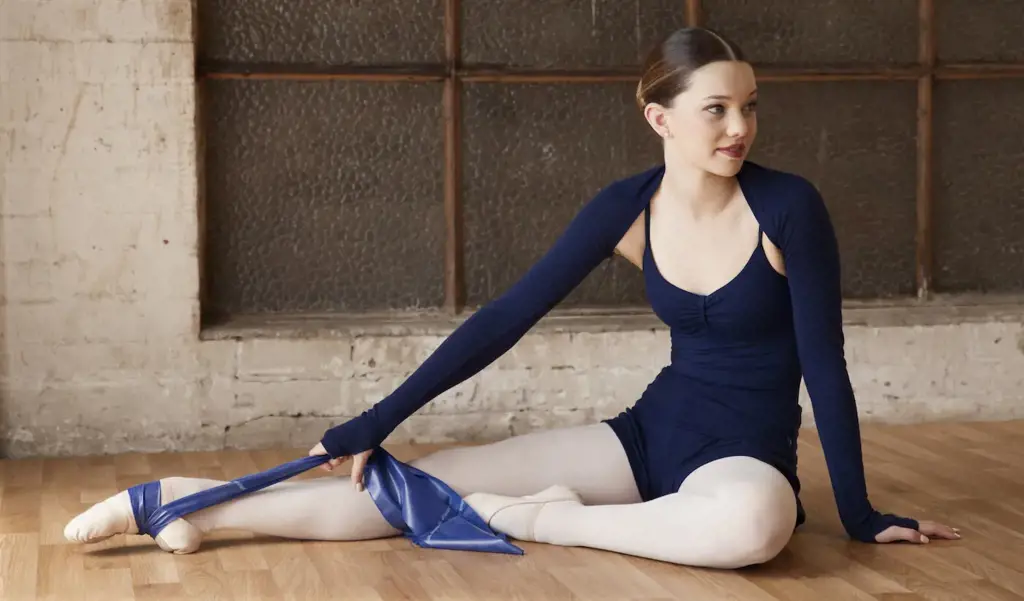
There are often rules and guidelines in place regarding what dancers can and cannot bring to the recital venue. These rules are put in place to ensure the safety of all performers and audience members, as well as to maintain a professional and organized environment. While the specifics may vary depending on the venue and the specific event, there are some general guidelines that dancers can follow.
One common rule is that dancers should not bring any food or drinks into the recital venue. This is to prevent any potential spills or accidents that could damage costumes or the performance space. It is important to eat and drink before the recital, but once inside the venue, dancers should refrain from consuming any food or beverages.
In addition, dancers should avoid bringing any valuables or personal items that could easily be lost or stolen. This includes items such as jewelry, wallets, and expensive electronics. It is best to leave these items at home or in a secure location before arriving at the recital venue.
Dancers should also be mindful of the space they have available to them. If the recital venue is small or crowded, it is important to minimize the amount of personal belongings brought into the space. This means only bringing the essentials, such as dance shoes, costumes, and necessary tools or props. By keeping personal items to a minimum, dancers can help ensure that there is enough space for everyone and avoid any potential accidents or injuries caused by cluttered performance areas.
Furthermore, dancers should familiarize themselves with any specific rules or guidelines provided by the recital venue. This may include rules about using certain types of props or the use of certain types of makeup or hair products. It is important to review these guidelines ahead of time to avoid any confusion or issues on the day of the recital.
In conclusion, there are often rules and guidelines in place regarding what dancers can and cannot bring to the recital venue. By following these rules, dancers can help ensure the safety of themselves and others, as well as maintain a professional and organized environment. It is important to be mindful of what is allowed and what is not, and to always review any specific guidelines provided by the recital venue. By doing so, dancers can have a successful and enjoyable performance.
Preparing for the Dark and Chilly March Weather in Gothenburg, Sweden: What to Pack
You may want to see also
Frequently asked questions
When packing for a dance recital, it is important to bring all necessary dance attire such as leotards, tights, and dance shoes. It is also a good idea to pack extra hair accessories such as bobby pins and hair spray to ensure your hair stays in place throughout the performance. Additionally, you may want to bring some snacks and water to stay hydrated and energized backstage.
The answer to this question depends on the specific requirements of your recital. Some dance routines may require props such as hats, scarves, or small handheld items. Make sure to carefully read through the instructions provided by your dance teacher or studio to determine if any props or additional costumes are needed for your performance.
It is important to pack your dance bag in an organized and efficient manner for a recital. Start by making a checklist of all the items you need to bring, including dance attire, shoes, hair accessories, and any necessary props or costumes. Use compartments or sections in your dance bag to keep everything separated and easily accessible. It may also be helpful to label or tag your bag with your name and contact information in case it gets misplaced during the recital.







